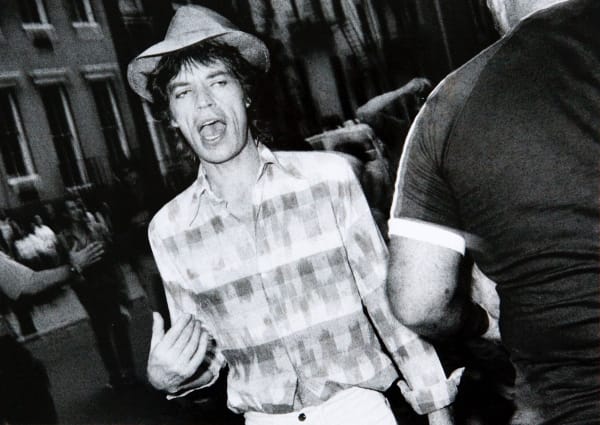-

#12 Summer Exhibition 2016
7 Jul - 4 Sep 2016Our summer exhibition shows some highlights of exhibitions and fairs of the first half of 2016. The exhibition is only open by appointment. Please call us on +32473139328 or +32473139329,...Read more -

#11 THE GALLERY CLUB AND IBASHO PRESENT JAPANESE PHOTOGRAPHY
28 - 29 May 2016On Saturday May 28 and Sunday May 29 2016 The Gallery Club and IBASHO present Japanese Photography @ The Studio of Karen Knispel & Henk Drosterij, Binnen Dommersstraat 7, Amsterdam...Read more


